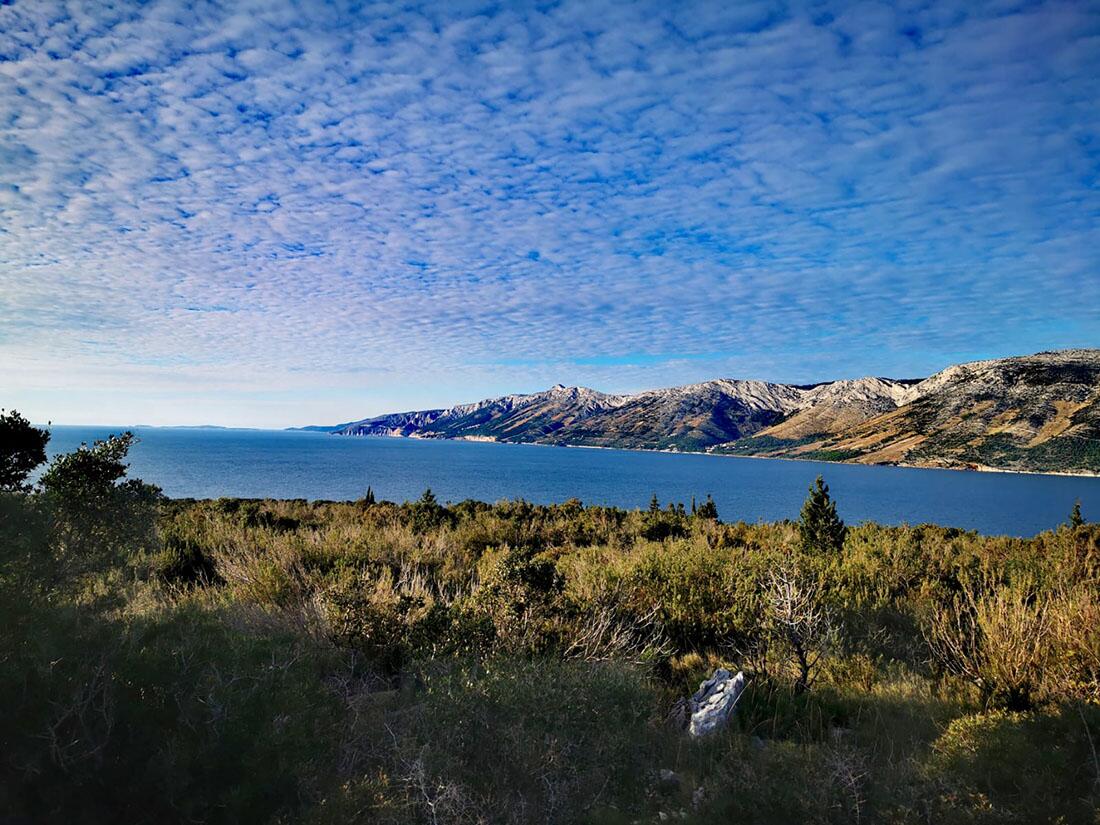
For Romantics: Myths and Legends
Any place with a long and rich history will be the breeding ground for many legends, stories which delight young and old alike, whether they are based on belief, evidence, or unexplained phenomena. Anyone interested in legends can find a satisfying number on Hvar Island, and these are just some of them.
A being called the ‘Sea Bear’ (‘Morski medvjed’, or ‘Orso marino’ in local parlance) is said to emerge now and then on the beaches on the south side of the island. He has a special penchant for sunbathing between Ivan Dolac and Zavala, so that one area is called ‘Medvid bod’ in his honour. Some local fishermen swear blind that they have heard him talking like a human, so they call him ‘Sea Man’ (‘Morski čovik’), even though (they say) he does not change into human shape, or into another animal for that matter.
The village of Svirče is home to a legend about the soul of a young boy, known as Macić, who likes to turn up during the night and at midday. Macić has a number of different identities, but most often appears as a little boy wearing a red cap on his head, rather like a little elf. His main occupation is to make mischief and to be a nuisance. His faeces are said to bring good luck by turning into gold if one treads on it. Macić is also known to fall in love and bring great financial benefits to the objects of his affections, helping them in all their work. In the old days, God-fearing people considered this a deadly mortal sin. Macić was capable of asking for something in return for his help, and if he didn’t get it, the people involved would quickly find themselves left destitute.
Other hidden talents are attributed to Macić, one of which is the ability to turn into a donkey. When someone sits on a donkey imbued with his presence, the animal will start to gallop away, farting all the while. Macić can also become a ball of yarn which constantly escapes the grasp of the seamstresses, farting as it bounces around, to the great delight of this little mischief-maker.
Fairies on Hvar Island are considered to be underground creatures, females with long flowing hair and horse-like legs. They like anointing their hair with oil. They are generally good-natured, making people happy, healing them from illness, and bringing them wealth in gold or money. However, they do harm if someone makes them angry. Locals say that any burrow where fairies reside is a bottomless pit (‘prazdovna jama’). Shepherds watching their flocks in the hills have traditionally claimed that the fairies sing exquisitely to entice men into their abode. Some people believe that a fairy can successfully seduce any male who tries to grab her hand, and can bear his child, which will always be male. With time, the child will grow to become a sprite.
According to popular belief, a fairy’s lower extremities are horse-like, while a mermaid’s are fish-like. Fairies are said to have exceptionally beautiful faces and gloriously thick hair. They can fly through the air, and when they do, they wear a long white shirt to cover their legs.
Witches, who are called ‘Štrige’ or ‘Višćice’ in Dalmatian dialect, are said to be people who can leave their sleeping body and fly about at will in spirit. They are said to attack men in order to feed off them, and are at their strongest when they are young and unmarried. Some believe that Hvar’s witches cast spells, so in order to protect oneself, one should say to them “may you be safe from evil”.
A happier belief is that Hvar’s witches serve the useful purpose of flying around during thunderstorms to prevent hailstones from damaging the vineyards and fields.





